In order to understand Nvidia’s GLP and to be able to classify it correctly, I would like to give a small example of how it is better not to do it if the strict specifications of the chip supplier do not suit you. These, in turn, make perfect sense, even if it is interpreted by many as a pure gait and every self-appointed king of the home overclockers inconsiderately cries out for more tension. But it is precisely this that can take bitter revenge and I assume that a chip manufacturer, be it Nvidia or AMD and for me also Intel, must know the whole thing best.
In addition, this example shows which side effects can occur and why certain things are better left, even if they seem to give you an advantage. What I mean by this is that you always have to look at all aspects when it comes to good, error-free and long-term stable products that work equally in all systems.
But back to the tension. Electromigration is one of the most important opponents in the fight for durability and long-term suitability. That is why there were and still are internally defined voltage limits, which everyone adheres to. Specifications are contractually regulated and are in fact sacred. But I noticed already in 2012 in a test the above-average boost clock of the MSI GTX 660 Ti Power Edition and the fact that these very high clock rates could still be maintained even under load even if all the other cards (sometimes clocked much higher clocked) had already had to cancel the sails.
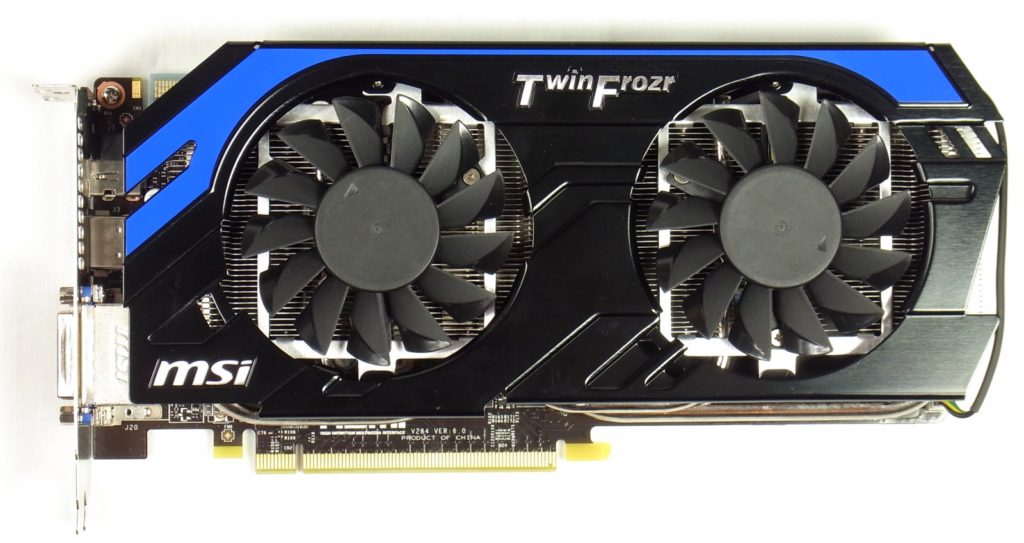
Miracle of technology or just some trick? Such a big difference can hardly come about on its own, so I have curiously embarked on the path of knowledge. The test object at that time was interesting and then this card also had other peculiarities, which resulted in unstable starts on some systems and with certain power supplies. That almost cried out for a closer examination! Now it is important to know that strict requirements for the power supply already existed in 2012 and that Nvidia also controlled this implementation very meticulously.
The following image shows low-impedes resistors (“shunts”) in the yellow circle, which are in the voltage supply to the voltage regulator in the form of a then popular Richtek RT8802A. Depending on the power supply, I was able to measure up to 9.3 volts at this point! If one now knows that the actual PWM voltage at this measuring point should be only 5 volts, then the alarm bells should ring at the latest now. I have also been able to find out what is the cause of this extreme tension.
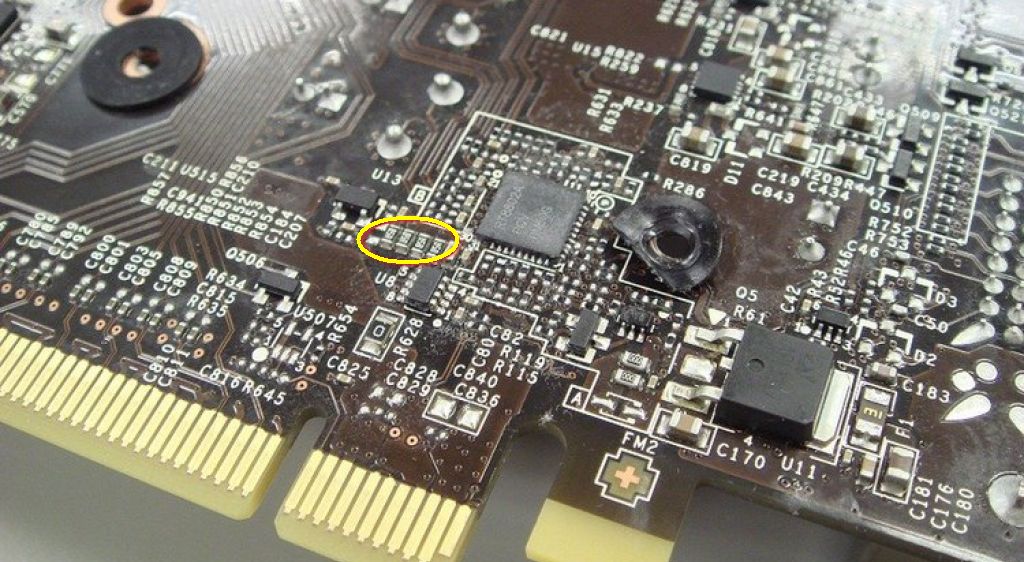 Then I grabbed the data sheet of the RT8802A and was plentiful baff.
Then I grabbed the data sheet of the RT8802A and was plentiful baff.
Military Class (Nice idea from MSI Marketing, later knocked off gigabytes as “Ultra Durable”) with such a GTX 660 Ti back and forth, it is logical in no case advisable to operate components in such a way outside the specifications. With up to 88% overvoltage, this component is guaranteed to be no longer what is called in the green area. At the time, I had confronted MSI with exactly these values and would like to quote the relevant part of the answer from the MSI headquarters at this point:
Since MSI is putting its customized products on overclocking from the outset, we are giving these cards an additional power reserve from the factory because we expect enthusiasts to overclock them. Due to this design decision and the higher quality of the components, we are able to provide the boards with more performance. This allows for a higher GPU boost level, which we can also maintain for longer without shortening the life expectancy of the graphics card or its warranty period. In case of problems, customers can contact MSI at any time within the 3-year warranty period.
Au weia… It’s nice that there is a 3-year warranty at MSI for this card. What is much more remarkable, however, is that Richtek no longer wants to guarantee the functionality of the chip for voltages above 5.5 volts (including precise curves of the control circuits) and even warns against final destruction from 7 volts. Well, yes.
But what makes this chip so interesting, and what can ultimately lead a manufacturer to take such a risk at all? Nvidia provides a certain operating environment for each of the graphics chips, including the voltages used. In addition, we already know the drooping of the CPUs, where the voltage is lowered under load in order to comply with the TDP limits. But why the RT8802A? This rather simple and inexpensive voltage regulator is only pre-wired over the respective pin circuit for a certain GPU core voltage and it also has no monitor function or the possibility of a software-based voltage regulation. Aha! The whole thing looks like this:
By specifying the pins, a voltage of 1,175 volts is set firmly. Under load, the chip then regulates this voltage, normally this would be approx. 1,165 volts. So outwardly everything looks perfect. Even for Nvidia, who ultimately oversee the specification and execution of the board partner cards. If you operate the RT8802A with the specified 5 volts, then you get exactly this voltage curve. But what happens with such extreme operating voltages? On the one hand, one can measure a voltage of 1,195 V that is 20 mV(!) higher, whereby the load line calibration (droop) curve no longer meets the specifications!
The result is always increased voltage values on the GPU (which are not readable and detectable without direct access to the PCB) and an almost continuous continuous boost, which only stutters under extreme load. However, since this circuit can (and does) a lot more, the Boost theme and the problem meet again at this very point. Something that MSI had completely hidden in the whole zeal of the battle! Let’s take a look at the block diagram:
For example, power supplies whose voltage is already slightly above 12 volts during PC start-up on the 12 volt rail in question (but still within the ATX specifications) may experience the start problems already described, because above approx. 9.3 Volt at the VDD input of the chip is over with funny and it refuses the correct function. The power supply then receives no or only incorrect information and does not turn on (Power Good loss). Unexpectedly comes and one seriously wonders who is thinking of such nonsense.
Admittedly, errors cannot be excluded in complex circuits. However, what you can see at the sight of the only 3 pins of the TL431 is actually hard to believe. It is a trivial circuit that has been known for years and in many power supplies, charge controllers, etc. finds again. It is unlikely that such experienced engineers will make such a serious mistake – but in turn. If you trace the voltage back from the shunts on the RT8802A, you land after a short distance on the TL431, which is supposed to provide the 5 volt operating voltage for the RT8802A. First, take the Gigabyte GTX 660 Ti Windforce 2X, which uses the same connection from RT8802A and TL431 and works with correct voltage:
Now we compare this picture with that of the board of our MSI card and now focus our attention more precisely on the TL431 and its 3 connectors, consisting of anode, cathode and the connection for the reference voltage, which decides on the output voltage to be regulated, because the rest looks completely the same for the naked eye at first sight (also for that of Nvidia’s test engineers)
We see very clearly the location of the anode and now take the next step by looking for the necessary connection. It can be seen very clearly that the already mentioned anode is to be passed to the mass (ground). This is self-evident and absolutely necessary for the regulation of tension. But what do we find on the printed circuit board? In the upper photo, to the left of the anode, another component can be seen, which was inserted between the anode and the ground and even completely separates the two in terms of dc voltage, as it is a capacitor with low capacity. Even a resistance would have nothing to look for at this point, but the anode belongs in such a circuit directly connected to the mass. However, what has really been interconnected is presented in the schematic as follows:
By inserting a valueless and ineffective capacitor, the outer appearance is preserved, but the function of the control circuit is completely overridden and the RT8802A comes to the already described overvoltage. The other components R1 and R2, which specify the control voltage (reference) as voltage dividers at the middle pick-up, are also exactly dimensioned on this PCB. If you bridge the capacitor, then the TL431 will work again and exactly 5.0 volts are connected to the RT8802A, regardless of whether the power supply now delivers 11.9 or 12.1 volts! Without a ground connection, however, the whole thing only works as a simple voltage divider and does not provide a constant output voltage, but a far too high output voltage, which also fluctuates analogously to the values on the 12-volt rail. Accidental or accidental? It really takes a great deal of goodwill and goodwill to believe this in the end.
MSI intentionally used far too high an operating voltage for one of the most important circuits on the graphics card in order to be able to deliver a higher voltage to the GPU on the one hand and to lower it even under load (Droop). The specifications of Richtek and the statement on the durability of the control circuit are to be taken seriously in any case. As a side effect, a disturbed power-good signal occurs, which may depend on the power supply. can prevent the computer from starting. Busted!


















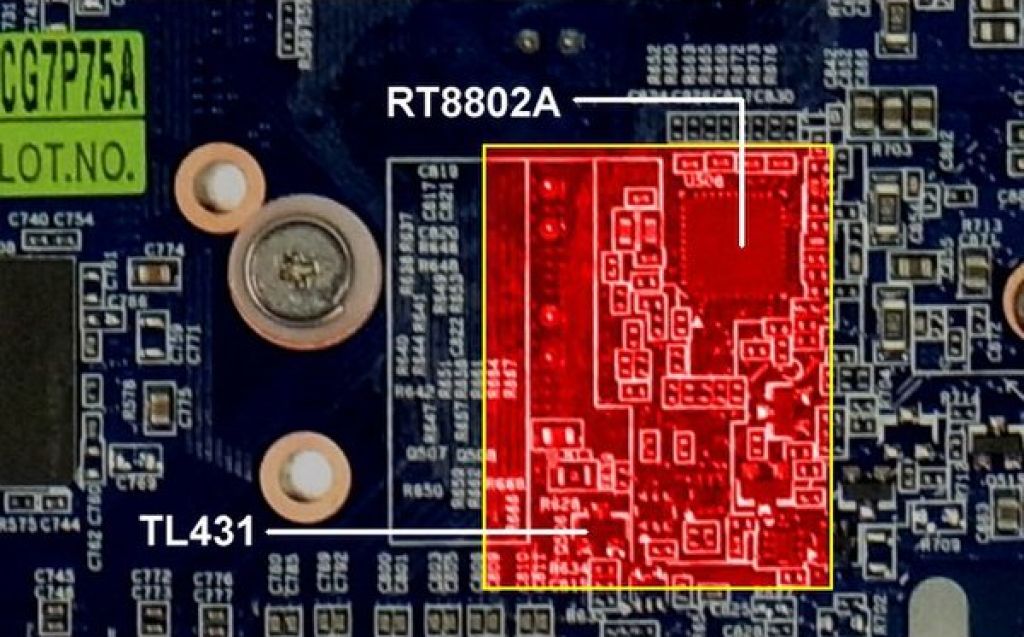
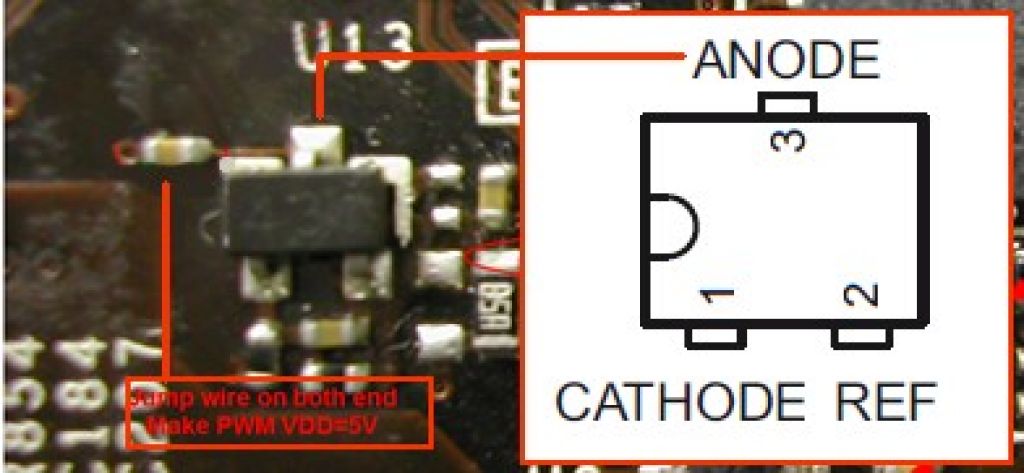
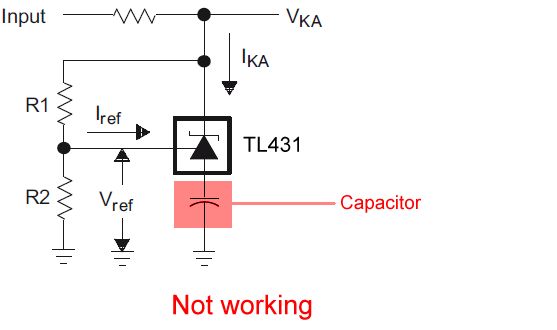


















Kommentieren